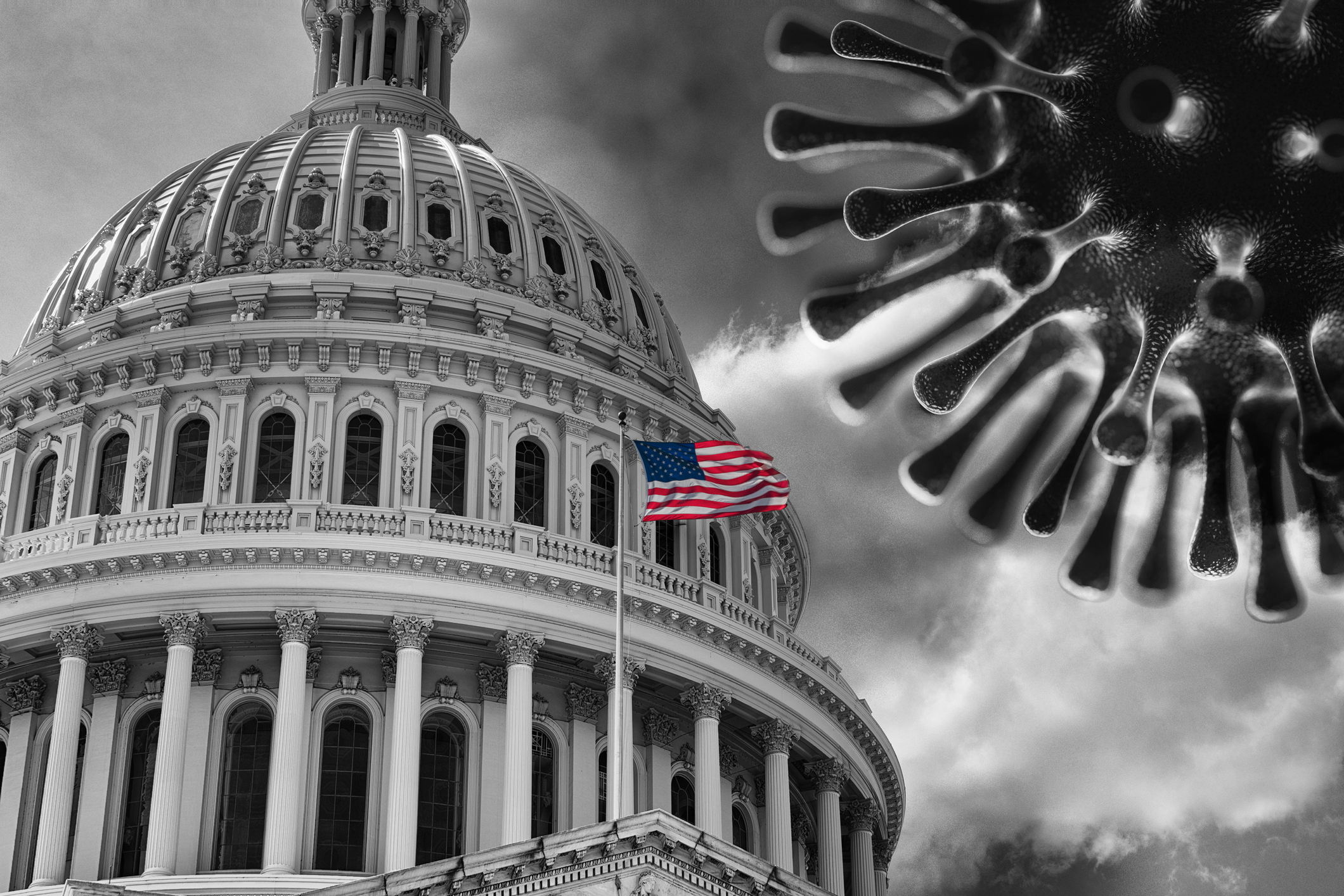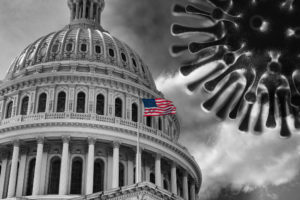The CARES Act


The Coronavirus Aid, Relief, and Economic Security (CARES) Act was signed into law on Friday, March 27th. This Act is a large ($2 trillion) stimulus package aiming to help ease the economic struggles caused by the coronavirus and its effects on our citizens, communities, and businesses. There are many components to the Act, and some of the most notable that we’ll review include direct payments to taxpayers, eliminated Required Minimum Distributions (RMDs) in 2020, student loan payment deferral, small business loans eligible for forgiveness, and more…
We realize there is a lot of information in the CARES Act. We’ve shared an overview below including some of the timeliest and most impactful implications for you, our Clients, and we are always available to discuss and dive deeper into your specific circumstances. Let us know if you’d like to schedule time to chat.
Required Minimum Distributions (RMDs)
Required Minimum Distributions (RMDs) from IRAs (including Inherited IRAs) and some employer retirement plans (including 401(k)s, 403(b)s, and governmental 457(b)s) have been eliminated for 2020. This provision includes any RMDs that would have been taken in 2020, which includes 2019 first-year RMDs that had been deferred to 2020.
Please know we are completing a full review of all Client RMDs and will reach out to you directly regarding your situation. Simply put, our approach will be:
- If you need the RMD for spending, take it.
- If you don’t need the RMD for spending, don’t.
- If you’ve already taken your RMD and don’t need it, you can roll it back if it was less than 60 days ago.
Recovery Rebates
The government will be making direct payments to up to 90% of U.S. taxpayers with work-eligible Social Security Numbers (who are not claimed as a dependent on another return) in the form of Recovery Rebates. The amount of the payment will be based on the following:
- A payment of $1,200 for Individual filers with Adjusted Gross Income (AGI) up to $75,000 (Head of Household with AGI up to $112,500); $2,400 for Married Filing Joint taxpayers with AGI up to $150,000.
- An additional $500 will be available for every qualifying child (up to age 17).
- The payment will phase out by $5 for every $100 of AGI above the thresholds.
- The payment will be based on 2018 or 2019 income (whichever tax return the IRS most recently has on file).
So, how will the benefit be received?
- Please note, you do not need to take any initial action to receive your payment – it will be processed via direct deposit (if the IRS has this on file) or check (sent to your address). The IRS will never call or email you requesting personal information so do not give this information to anyone via phone or email.
IRA Distribution Changes and Withdrawal Penalty (10%) Waived
Coronavirus-Related Distributions of up to $100,000 will be allowed from IRAs or employer retirement plans (or a combination of both) in 2020. These payments are allowed if you’ve been directly impacted by the coronavirus (specific definitions apply).
- If you’re under 59.5, the usual 10% penalty will be waived.
- The distributions can be paid back over three years (as rollovers) or the taxable income from the distribution can be spread out over three years.
In general, we would not recommend these distributions unless needed as a last resort. Please contact us if you are considering an IRA or 401(k) distribution and we’ll be happy to discuss the options and implications with you and your tax professional.
Student Loan Payments
Payments on federal student loans have been suspended until September 30, 2020. Interest on your loan balance will not accrue during this time. But, voluntary payments are not prohibited, so you will need to log in to actually stop your payments until September 30.
- One added benefit is that these months will continue to count towards any loan forgiveness program you’re in.
Small Business Loans
Under the Paycheck Protection Program (PPP), small businesses with fewer than 500 employees (and some others, see definitions) are eligible to apply for loans (starting April 3rd for small businesses and sole proprietors; April 10th for self-employed individuals and independent contractors) to assist with payroll and other specific expenses. The loan maximum is the lesser of $10,000,000 or 2.5x average monthly cost of payroll for employees (excluding individual compensation above $100,000 per year). Some overview:
- The maximum rate on the loan is 4% and the payments will be deferred 6-12 months.
- The loan amount is potentially eligible for forgiveness if used for specific items like payroll, utilities, and health insurance costs for the eight weeks after the loan is in place.
- To learn more, contact your lender (must be an SBA-approved lender) to discuss the requirements and details. There are specifications to who will qualify and how to apply.
Other
The above components are just a few of the many provisions in the CARES Act. If you have questions or believe there is another provision that may apply to you, let’s connect to discuss further.
In the meantime, here are some great resources if you’d like to read more:
- Jeffrey Levine: Analyzing the CARES Act from Rebate Checks to Small Business Relief for the Coronavirus Pandemic
- Catherine Siskos: Coronavirus Stimulus – You Can Wait to Take Your RMD
- Jeff Berman: Three Stimulus Bill Provisions Advisors Should Act On Now
- Michelle Singletary: Coronavirus Stimulus CARES Act
As we mentioned before, there’s a lot here. We will reach out to you directly if you’re taking RMDs to determine your 2020 circumstances and appropriate next steps. If you have any questions on anything included above or regarding the CARES Act (or anything else), please don’t hesitate to reach out to us.
We hope you are all staying safe and healthy! We’re thinking about each and every one of you.
